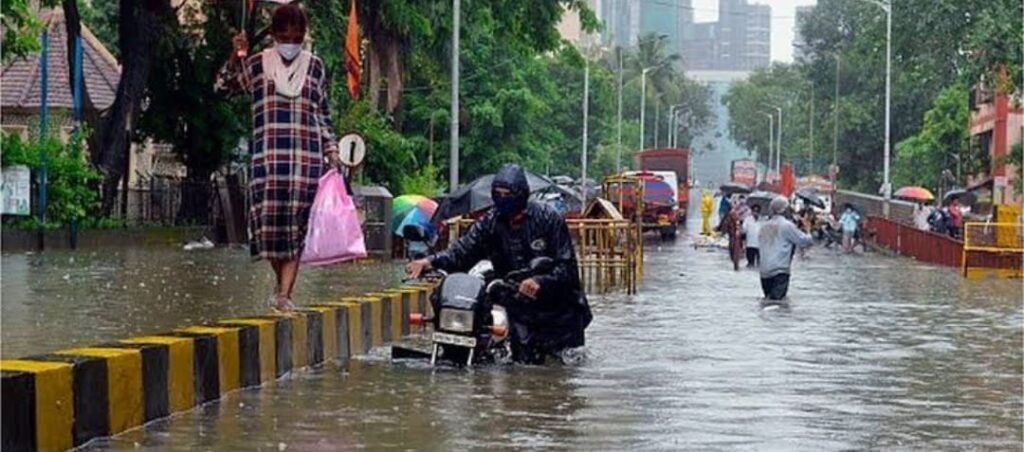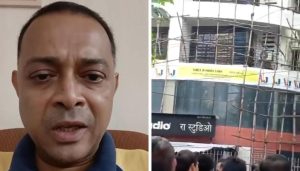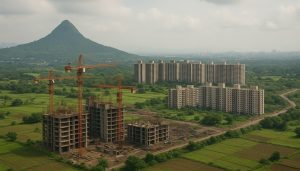Mumbai’s Annual Monsoon Woes: Unraveling the Factors Behind Flooding

Mumbai, 26th July 2023: The onset of monsoon in Mumbai brings with it a sense of anxiety for both its residents and their relatives across the country. The catastrophic floods of 2005, claiming thousands of lives and leaving many homeless and orphaned, have left a lasting scar on the minds of the people.
Despite efforts to address the issue, the city’s susceptibility to flooding remains unchanged, raising questions about the effectiveness of proposed solutions. Let’s delve into the underlying reasons for Mumbai’s recurring monsoon woes.
Mumbai’s geography poses unique challenges, as it is composed of seven islands with 22 hills. With creeks and sea flanking two sides, experts believe these geographical conditions contribute to the waterlogging in lower areas.
The city’s rampant development has involved filling up swampy areas, which leads to water stagnation in low-lying regions. Even after reclamation, some parts still remain at lower elevations.
Mangrove forests surrounding Mumbai’s coastline play a vital role in slowing down the spread of seawater over land. However, environmentalists and researchers raise concerns about the destruction of mangrove forests and salt marshes due to rapid urbanization, slum expansion, and construction.
Moreover, Mithagkangi, the salt pans on the side of the Eastern Expressway, helps to store the salty creek water. If not contained here, flooding in the main city could escalate.
The city’s rainfall patterns have changed over the years, resulting in heavy downpours in shorter durations, influenced by tides. During intense rainfall and high tides, low-lying areas are prone to flooding.
Rainwater in Mumbai is drained into the sea through rainwater channels, but heavy rain accompanied by high tide leads to the closure of gates, causing water overflow.
Mumbai’s unplanned growth has led to poor sewage drainage systems and road construction. Roads are often constructed with improper gradients, lacking proper drainage, exacerbating flooding woes.
Historical ponds, like those in the premises of mills in the Lalbagh Parel area, that were once useful in draining rainwater, have been filled in the name of development.
The lack of coordination between various agencies working simultaneously in Mumbai, including MMRDA, MSRDC, MHADA, MMRC, MSEDCL, Reliance Energy, Railways, Mumbai Municipal Corporation, Forest Department, Public Works Department, Port Trust, Post, Army, and Airport Authority, contributes to the poor condition of roads.
Critics blame the Mumbai Municipal Corporation for poor management and lack of transparency in their pre-monsoon preparations, with road works often showing signs of deterioration within months.
The outdated rainwater channels built by the British over a century ago are inadequate for the present population and rapid suburban development.
Mumbai’s once flourishing rivers, Dahisar, Mithi, Oshiwara, and Poisar, have been reduced to canals due to urbanization and neglect.
With these factors in mind, authorities and urban planners must work together to find holistic and sustainable solutions to address Mumbai’s perennial monsoon challenges, ensuring the city is better equipped to handle the annual rains.





